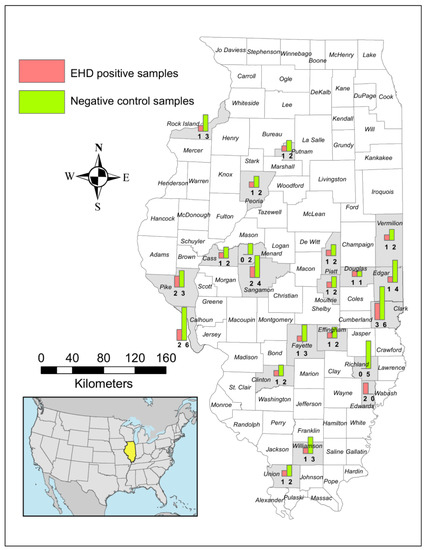2023-02-23 カリフォルニア工科大学(Caltech)
◆カリフォルニア工科大学で行われた新しい研究では、遺伝子操作された細胞によって作られた空気入りタンパク質が、それを含む細胞とともに超音波で押し動かされるという、代替手段が生み出されたのである。
◆この研究は、化学工学および医用工学の教授でハワード・ヒューズ医学研究所の研究者であるミハイル・シャピロの研究室で行われた以前の研究を基にしたものです。
◆Shapiro教授は長年にわたり、バクテリア由来のガス小胞を音響タグとして研究してきました。この小胞は、タンパク質の空気入りカプセルで、水中バクテリアのいくつかの種に浮力を与えている。しかし、このベシクルにはもう一つ有用な性質がある。小胞の内部は空気で満たされているため、超音波画像に非常に強く映し出されるのだ。シャピロ教授の研究室では、この性質を発見したことにより、ガス小胞を遺伝子マーカーとして利用し、個々の細菌細胞の位置を追跡したり、体内深部の哺乳類細胞の遺伝子発現活性を観察したりすることが可能になった。
◆今回、シャピロたちは、このガス小胞が超音波の影響を受けて、細胞を特定の場所に押し出したり引き寄せたりすることを明らかにした。この現象は、空気中の超音波を利用して、小さくて軽い物体を吊り下げたり動かしたりするのと非常によく似ている。これは、音波が圧力帯を作り、その近傍の物体に作用することに起因します。物体や物質の物理的特性によって、高圧力帯に引き寄せられるか、反発させられるかが決まります。通常の細胞は圧力の高い場所に押し流されるが、ガスベシクルを含む細胞はそこに引き寄せられる。
◆この研究を説明する論文は、Science Advances誌の2月22日号に掲載されています。
<関連情報>
- https://www.caltech.edu/about/news/making-engineered-cells-dance-to-ultrasound
- https://www.science.org/doi/10.1126/sciadv.add9186
遺伝子選択的な細胞音響操作のための生体分子アクチュエーター Biomolecular actuators for genetically selective acoustic manipulation of cells
Di Wu,Diego Baresch ,Colin Cook,Zhichao Ma,Mengtong Duan,Dina Malounda ,David Maresca,Maria P. Abundo,Justin Lee,Shirin Shivaei ,David R. Mittelstein,Tian Qiu,Peer Fischer,Mikhail G. Shapiro
Science Advances Published:22 Feb 2023
DOI:https://doi.org/10.1126/sciadv.add9186

Abstract
The ability to physically manipulate specific cells is critical for the fields of biomedicine, synthetic biology, and living materials. Ultrasound has the ability to manipulate cells with high spatiotemporal precision via acoustic radiation force (ARF). However, because most cells have similar acoustic properties, this capability is disconnected from cellular genetic programs. Here, we show that gas vesicles (GVs)—a unique class of gas-filled protein nanostructures—can serve as genetically encodable actuators for selective acoustic manipulation. Because of their lower density and higher compressibility relative to water, GVs experience strong ARF with opposite polarity to most other materials. When expressed inside cells, GVs invert the cells’ acoustic contrast and amplify the magnitude of their ARF, allowing the cells to be selectively manipulated with sound waves based on their genotype. GVs provide a direct link between gene expression and acoustomechanical actuation, opening a paradigm for selective cellular control in a broad range of contexts.


